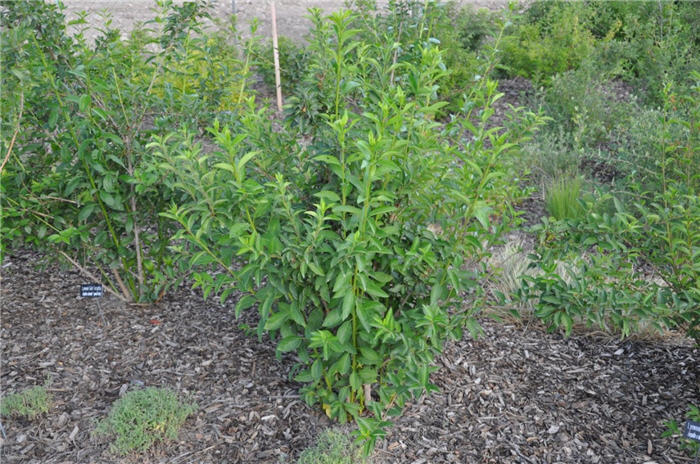| Botanical Name: Forsythia x intermedia 'Lynwood' | |
| Common Name: Lynwood Forsythia |

-
Anatomy
-
Culture
-
Design
Plant Type
Shrub
Height Range
6-12'
Flower Color
Yellow
Flower Season
Spring
Leaf Color
Light Green
Bark Color
Brown, Grey
Fruit Color
n/a
Fruit Season
n/a
Sun
Full
Water
Medium
Growth Rate
Moderate
Soil Type
Sandy, Clay, Loam, Rocky, Unparticular
Soil Condition
Average, Poor, Well-drained
Soil pH
Neutral, Basic
Adverse Factors
n/a
Design Styles
English Cottage, Formal, Ranch
Accenting Features
Fragrance, Showy Flowers
Seasonal Interest
Spring, Fall
Location Uses
Background, Shrub Border, Foundation, Walls / Fences
Special Uses
Cut Flowers, Hedge, Screen
Attracts Wildlife
n/a
Information by: Stephanie Duer
Photographer: Connon Nursery
Photographer: Connon Nursery
-
Description
-
Notes
Lynwood forsythia is a naturally-occurring selection with abundant flowers that nearly cover the shrub in its entirety. As with other forsythia, it blooms before the foliage emerges, so it as a lovely spring sight. After flowers, it still has a gracefully arching habit if left in its natural state. Fall color is a dull burgundy. Grows about 6 to 9 feet tall and wide.
Shearing really does ruin the graceful lines of Forsythia. To control size or re-invigorate for new growth, prune hard immediately after flowering or selectively prune any time during the summer; see tips for guidance. Requires well drained soil; heavy wet soils will cause it to decline and be diseased. Requires only moderate water once established. Forsythia, while quite showy in the spring, can be a bit drab in the summer, so plant it with later flowering shrubs such as lilacs and rose-of-sharon.